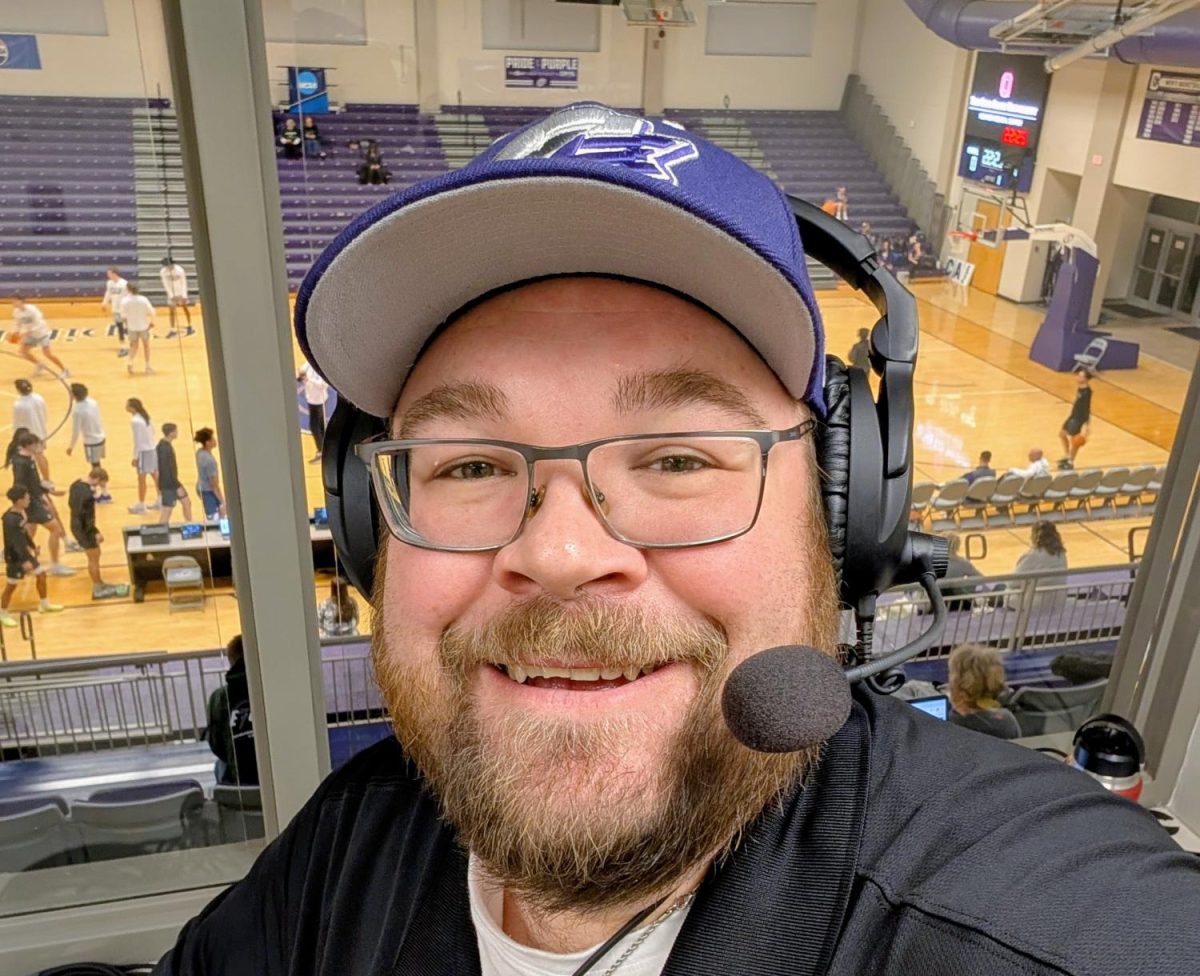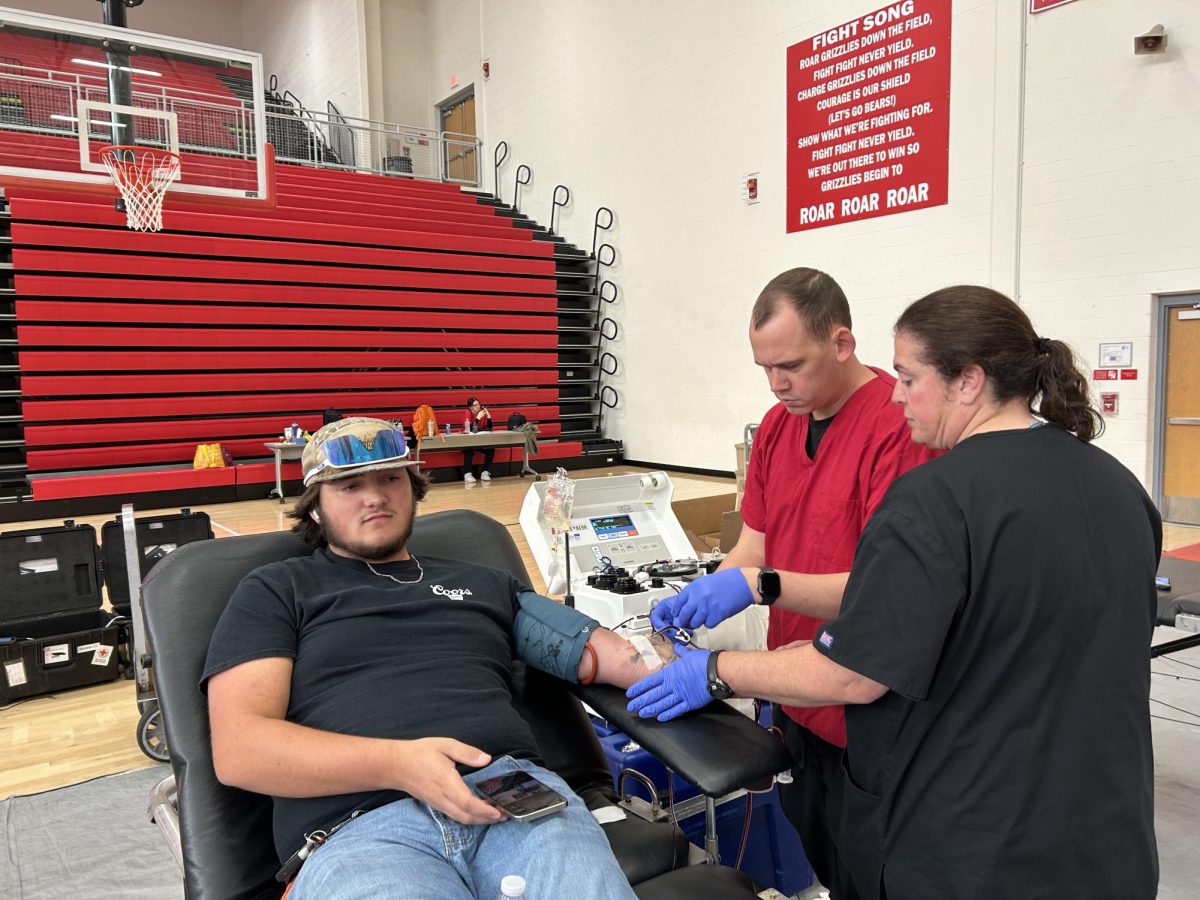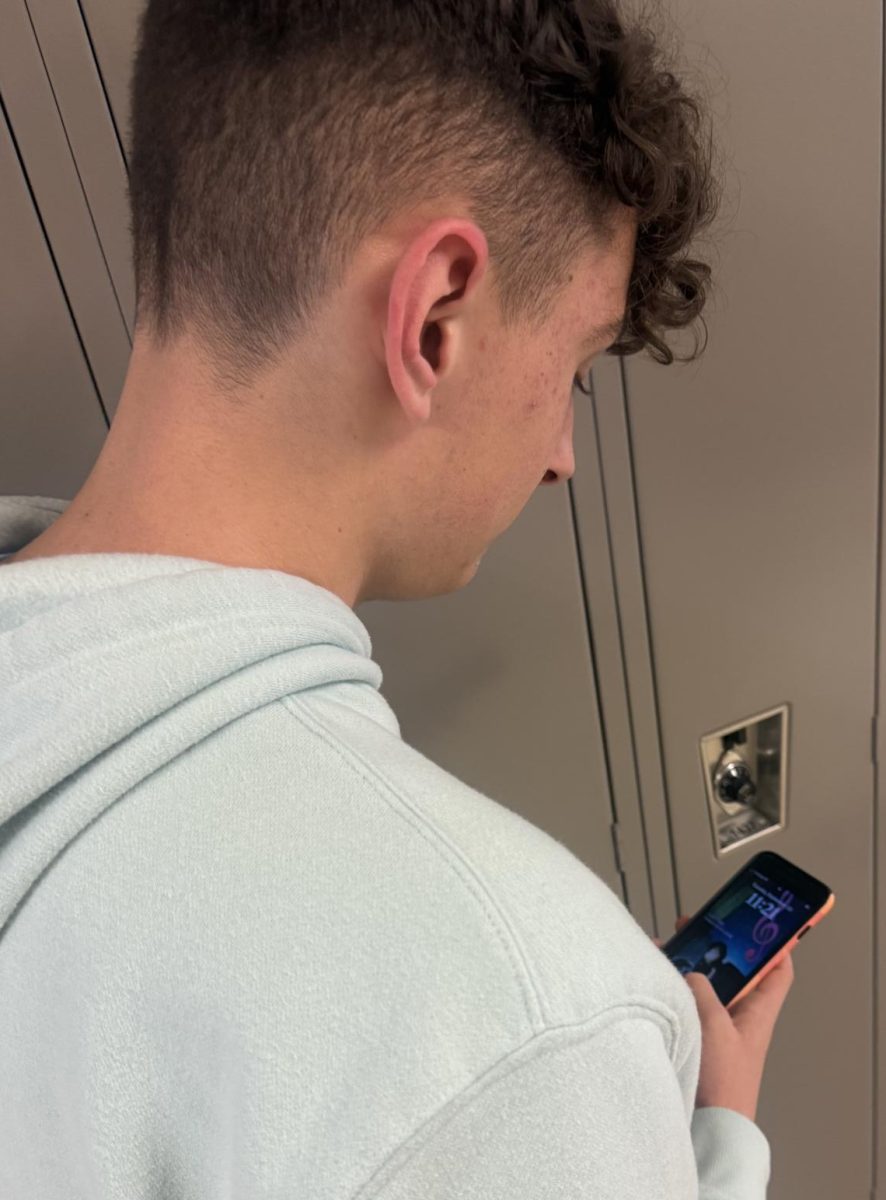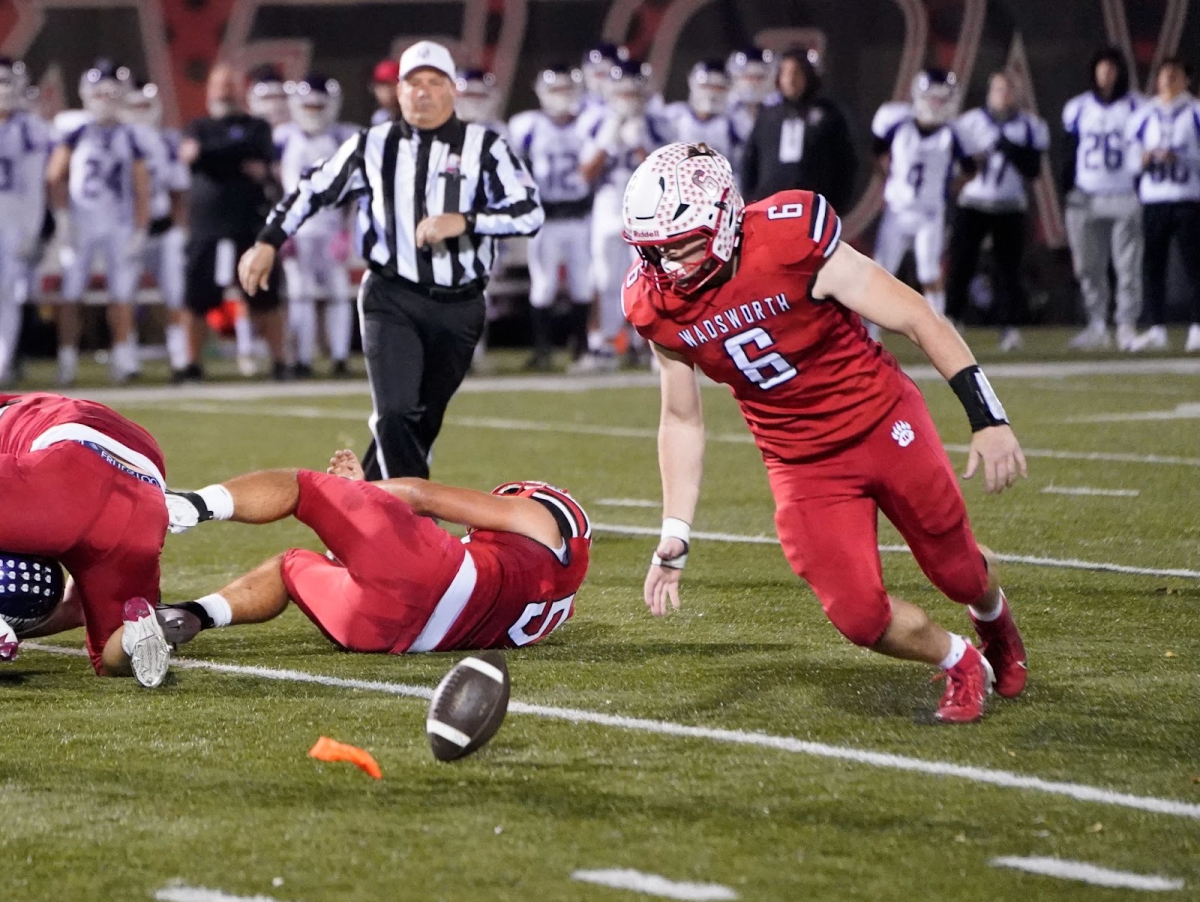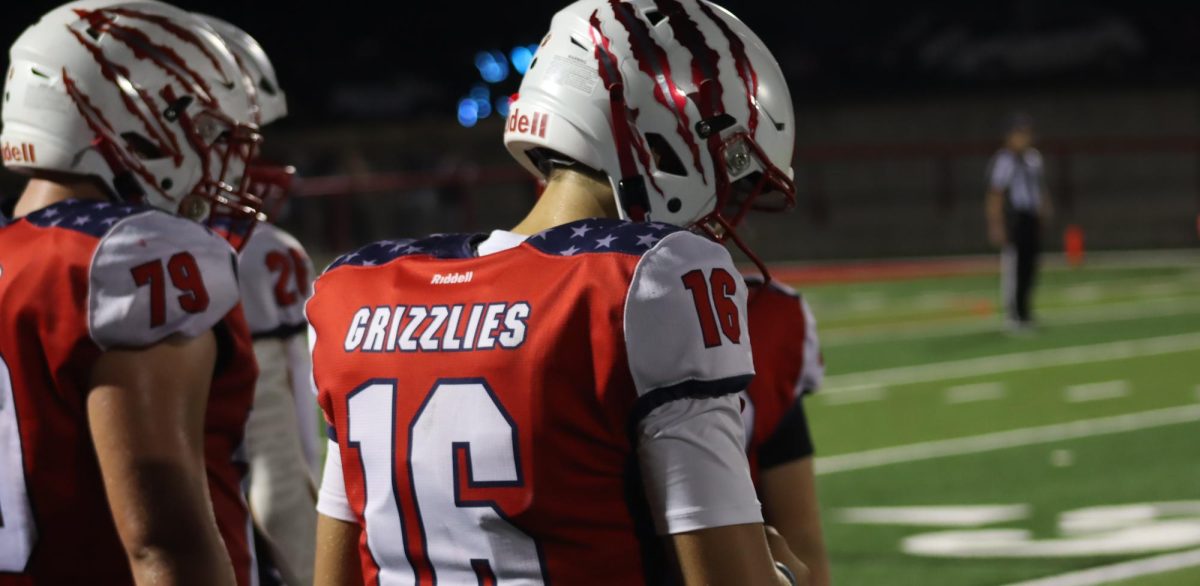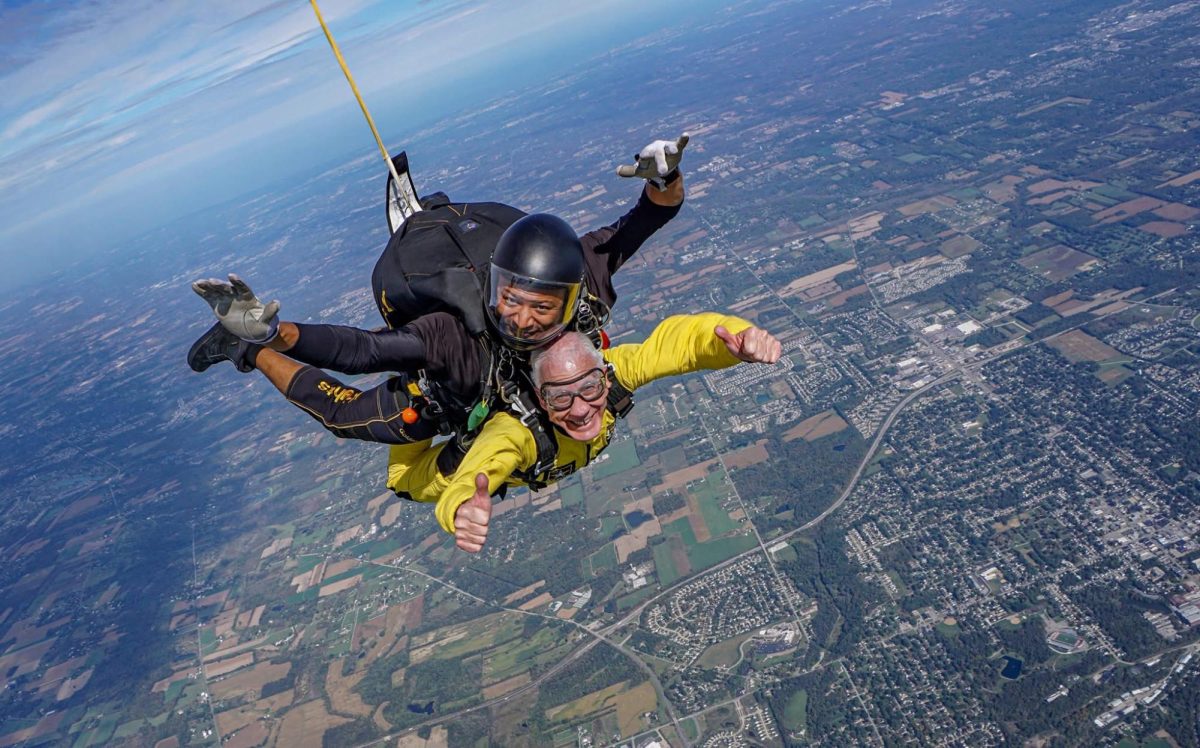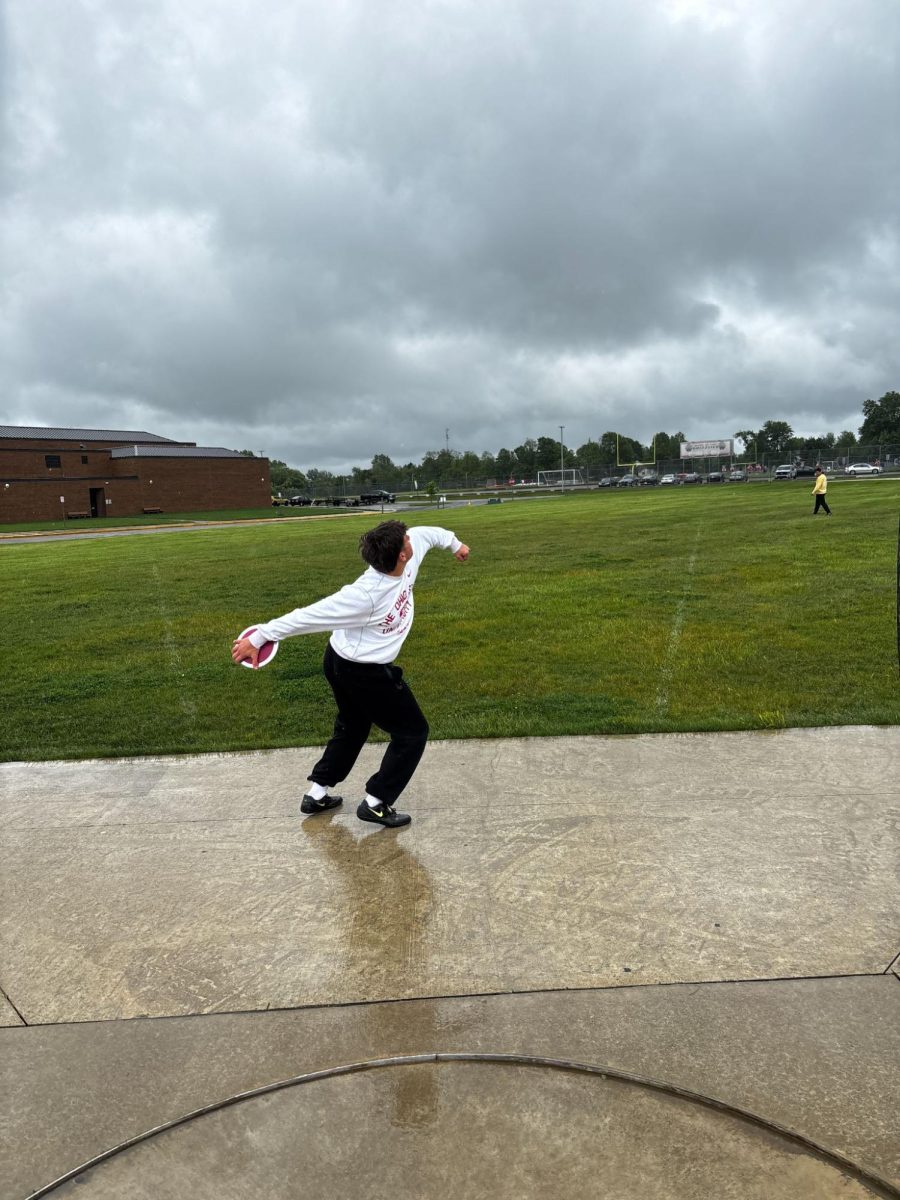BY JILLIAN CORNACCHIONE
With the amount of severe injuries increasing in recent years, the Wadsworth girls lacrosse program has turned to helmets for the upcoming 2019 season.
Concerns regarding head injuries have continued to grow with each passing year. Throughout last season, spring of 2018, the Wadsworth girls lacrosse program faced an alarming amount of injuries, the most prominent of which was concussions. Many of these resulted in countless players sitting out for part of the season or, in some cases, the entire season. Concussions are not just subjected to the high school level. There were a handful of concussions across the high school, middle school and youth programs.
Lacrosse has one of the highest concussion ratings among sports in the United States. According to USA Today, lacrosse trails only football in terms of concussion risk, with 6.9 reported for every 10,000 athletic exposures.

As these numbers continue to rise each year, parents and coaches have begun to address the problem. Through the search for a way to limit these injuries, many have come to the conclusion that better protective headgear is the best solution.
“I was part of the committee that really looked into the feasibility of going with helmets across all of the Wadsworth girls lacrosse program,” said Karl Yurchiak, one of the High School Girls’ Lacrosse coaches. “It was a combination of the different levels of coaches and administrators of the program but also, it had a lot to do with the feedback from players and parents. It was not an overnight decision, but discussions that started early last season.”
Although both boys and girls lacrosse players are required to wear some form of protection during games and practices, girls do not have nearly as much safety equipment as the boys.
Boys wear mouth guards, elbow and shoulder pads and helmets with face masks. Girls are just required to wear mouth guards, along with eye protection goggles. The reasoning is that boys’ lacrosse is allowed more physical contact than girls’.
But, in reality, the rules of girls’ lacrosse do not cease the extensive amount of injuries occurring throughout the nation. A girls’ lacrosse game can get extremely intense and become very competitive. As a result, the possibility of injury increases for the players.
“I saw first hand last year, head injuries can occur at all levels and from different events. From an inadvertent stick to the head, a collision at full speed head to head, or just a ball striking the head from a shot or a pass. Girls’ lacrosse is a fast moving sport,” said Yurchiak.
“If we are offered the opportunity to protect our student athletes, why not [do so]?”
-Karl Yurchiak
Because of the risks, there has been a lot of discussion throughout the past few years over whether protective headgear for girls should no longer be merely an option, but a requirement.
Helmets have been mandatory in boys’ lacrosse for years. Although it is not mandated by US Lacrosse or OHSAA, there are several states and programs that have already instituted a helmet program for girls’ as well.
“If we are afforded the opportunity to protect our student-athletes, why not [do so]?” said Yurchiak. “We wear mouthpieces to protect our teeth and goggles for the eyes and part of the face, why not protect our heads? I truly believe that it is in our safest interest to move to helmets, based on the head injuries and concussions that we saw on all levels last season.Although head injuries can not be completely ruled out, if we can greatly reduce the chance or effects, then I am fully for it.”
Many other coaches, not just Yurchiak, believe that this action is extremely beneficial and will help improve the safety of the players participating in the sport. They see wearing helmets as an evident proposal that would affect the players in a positive way.

The girls’ lacrosse helmets are a different style as compared to the boys’ helmets. Girls’ helmets end before the mouth while boys’ helmets cover the whole head and face. Photo by Jillian Cornacchione 
The girls’ lacrosse helmets are a different style as compared to the boys’ helmets. Girls’ helmets end before the mouth while boys’ helmets cover the whole head and face. Photo by Jillian Cornacchione
However, some coaches disagree with the action of making helmets a requirement. Popular arguments against wearing helmets include that they are a threat to a team’s performance and a distractions to the players. They also believe it will make players more aggressive, and that they are not necessary given that current rules restrict most contact. There is also not a lot of data on them because they have not been out in the market for very long.
For these reasons, making helmets mandatory is still a nationwide discussion.
After countless months of in-depth debating, the girls program has taken the initiative to follow in the footsteps of other girls’ lacrosse programs throughout the country. Wadsworth now requires all girl players at all levels to wear helmets. This is in the hope that it will greatly reduce the number of concussions in the upcoming season.
“I am looking forward to a great season this year,” said Kaitlyn Kittle, 11, a member of the team. “I think wearing helmets will contribute to this in the sense that it will protect us from severe head injuries and allow us to play to our greatest potentials.”
This story was printed in December. For more print articles, check out the full issue:

